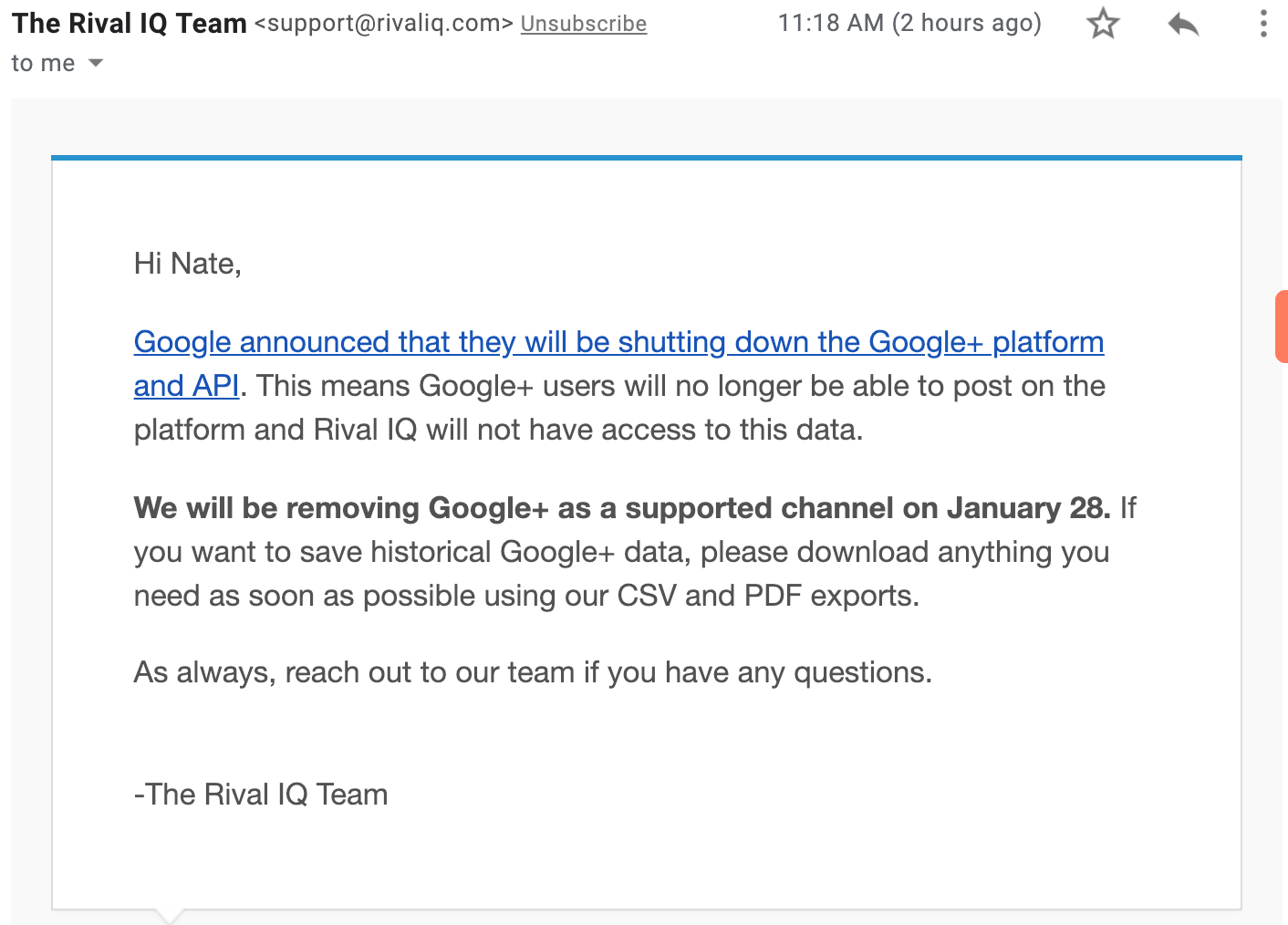 While the internet has made life a lot easier for everyone in many respects, it has not made it simpler to get consumers’ attention.
While the internet has made life a lot easier for everyone in many respects, it has not made it simpler to get consumers’ attention.
The average human’s attention span is now about eight seconds, which some like Michael Brenner say is thanks to social media and other internet-related exposure. We recently wrote about how to capture micro-moments, so the time-frame to grab a consumer's attention is increasingly shrinking.
So how does the average marketer fight against all the other distractions to capture those precious eight seconds? Better yet, how does the average nonprofit marketer who cannot bank on instant purchase gratification capture those eight seconds?
Maybe instead of fighting off the call of the internet, we should be tailoring our marketing strategies for nonprofits to fit into the internet. However, nonprofit marketers can’t just take the nearest off-the-shelf marketing strategy designed for for-profit companies and run with it.
Therefore, we've tailored the top three of those off-the-shelf marketing strategies into strategies for nonprofits that fit the unique needs of your organization.
Strategy 1: Decide on your origin story
Whatever the story might be of the origin of your nonprofit, get the executive team together and decide on that story, and then stick to it.
 That origin story and the emotion it contains is your key to overcoming the lack of purchase gratification, so it needs to be fail-proof. Not only fail-proof, but consistent across the entire organization, including branding. For example, say you have started a nonprofit dog shelter because you couldn't stand to see the strays in your neighborhood without warm shelter during cold winters.
That origin story and the emotion it contains is your key to overcoming the lack of purchase gratification, so it needs to be fail-proof. Not only fail-proof, but consistent across the entire organization, including branding. For example, say you have started a nonprofit dog shelter because you couldn't stand to see the strays in your neighborhood without warm shelter during cold winters.
There is your origin story, and your logo is a paw print with the name of your organization across the top. That origin story should be consistent throughout your web presence, including your Facebook page, your Twitter about me section, and your website 'About Us' page. That logo should be the profile picture for each site, as well as being featured in the top left-hand corner of each page of your personal website.
When a consumer stumbles across your Facebook page, you want it to be painfully clear what your story is, so they can fall in love with it and donate a bag of food or two to your precious puppies. Then, they can go one step further and share it with their Facebook friends.
Strategy 2: Make it easy to donate
You only have eight seconds until that potential donor is moving on. So make it easy for them. If you have t-shirts for sale with an adorable picture of a puppy on it that says "I <3 animals!" and your paw print logo, make sure that it is super easy for someone to click on that shirt on your Facebook page (you better be promoting it on your Facebook page).
[tweetthis]The average human being's attention span is only 8 seconds. @NRMediaGroup #marketingstrategies for #nonprofits[/tweetthis]
They would then be transferred from your page to the purchase page, where all they should have to do is put in their credit card information and be done. Better yet, all they should have to do is put in their PayPal login. Save for those few special people, most consumers probably aren't desperately surfing the internet for dog shelter t-shirts to buy.
They're buying that shirt out of the kindness of their hearts, not because they have a yearning desire for your product, so make it as easy as possible for them to exercise that kindness for the benefit of your organization.
Strategy 3: Make sure they see your page first
You might be saying, "But I'm a nonprofit whose businesses exists to make the world better, shouldn't I be above competition with other nonprofits?" And yes, this is all wonderful in theory, because any donation to any nonprofit should be improving the world we live in. However, those homeless puppies don't feed themselves, and dog food is expensive.
yes, this is all wonderful in theory, because any donation to any nonprofit should be improving the world we live in. However, those homeless puppies don't feed themselves, and dog food is expensive.
So while having competitive marketing strategies for nonprofits might seem counterproductive, you don't want to have to turn down any puppies or kitties because you can't afford to feed any more of them.
Part of that competitive strategy is making sure your page comes up first when a potential donor types "nonprofit dog shelter in Ohio" into their search bar. There are several ways to ensure this besides paying for it, which does not really fit into a nonprofit's budget.
The primary way is SEO, or Search Engine Optimization, of your website. There are many ways to optimize your website for search engines, but one way is to create your own content. Blog about frequently asked questions that come up from adopters or others in your shelter.
Then, share away on your social media sites and your volunteers' social media sites. Encourage others to share your content and link back to your website, which will increase your authoritative links. Search engines like authoritative links. They also like keywords, so make sure you read up on those and pick at least 100 to feature in your blog posts that are relevant to your dog shelter.
The more organic visits, or visits you don't have to pay for, the better - as marketing budgets are tight in the nonprofit world.
These three marketing strategies for nonprofits are low-cost and efficient ways to increase the likelihood that your nonprofit will be able to capture more eight-second-moments, which will only improve the number of donations.
What other marketing strategies for nonprofits have you found that have worked out well for you? Let us know in the comments below!



